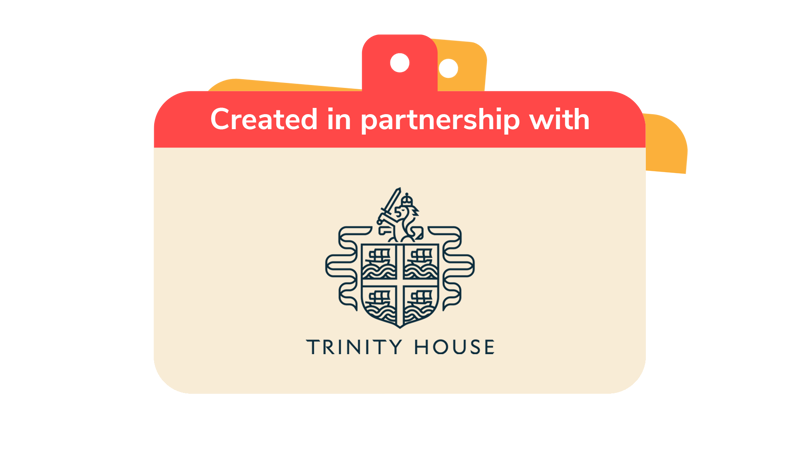
Buoyancy aid relays
You’ll need
- Whistles
- Buoyancy aids (one per team)
Before you begin
- Gather the buoyancy aids and place in a pile at the one end of the meeting space.
How do I wear it?
- The person leading the activity should ask if anyone has tried any water activities before, such as rafting and sailing. If they have, each person should talk about an item of equipment they used.
- The person leading the activity should show everyone the buoyancy aid and ask who should wear one on or near the water. The answer is everyone!
- The person leading the activity should ask for a model and demonstrate how to put the buoyancy aid on.
- The person leading the activity should undo and loosen any fastenings then place the buoyancy aid on the model. They should do up all the fastenings and tighten them, checking that the model can still move their arms and legs comfortably.
- The person leading the activity should pull the shoulder strap up. The aid shouldn’t lift above the model’s ears. If it does, it’s too loose. If people need to be rescued, they’re often pulled out of the water by the shoulder strap, so it must be tight.
- Finally, the person leading the activity should turn the model around and double check all fastenings.The person leading the activity should demonstrate this again so everyone understands how to wear and check a buoyancy aid. The person leading the activity could also ask for more models to practise the steps.
Change and check relay
- The person leading the activity should split everyone into two teams.
- When the whistle sounds, the first pair from each team should run to the pile of buoyancy aids.
- One person should put the aid on and another should help fasten and check.
- When the pair is ready, they should put up their hands and a helper should do a quick check.
- The pairs should swap roles so the checker wears the buoyancy aid and vice versa.
- Once the helper has checked the aid again, the pair should run back to the team and tag the next pair.
- The winning team is the one that finishes first. The other teams should continue until everyone has finished.
Reflection
This activity helped everyone to gain experience putting on and checking a buoyancy aid before water activities. They should know that it’s just as important to check that someone else is safe, as it is to make sure they are safe themselves.
Can anyone explain why it’s important to wear the aid near water, as well as on the water? And why it’s important that they’re worn correctly? For example, the aid must be tight so it doesn’t slip off if they have to be pulled from the water.
This activity also helps everyone tackle the risks on water, so they’re able to enjoy and value the outdoors.
Safety
All activities must be safely managed. You must complete a thorough risk assessment and take appropriate steps to reduce risk. Use the safety checklist to help you plan and risk assess your activity. Always get approval for the activity, and have suitable supervision and an InTouch process.
- Active games
The game area should be free of hazards. Explain the rules of the game clearly and have a clear way to communicate that the game must stop when needed. Take a look at our guidance on running active games safely.
- Contact games and activities
Make sure everyone understands what contact is acceptable, and monitor contact throughout the activity.
Add some broken or different-sized buoyancy aids to the pile so players have to sort through and find one that works correctly.
Make sure that anyone with mobility issues has a buoyancy aid that fits them or is adapted to their needs.
All Scout activities should be inclusive and accessible.
You could book a visit from the RNLI to learn about water safety.
